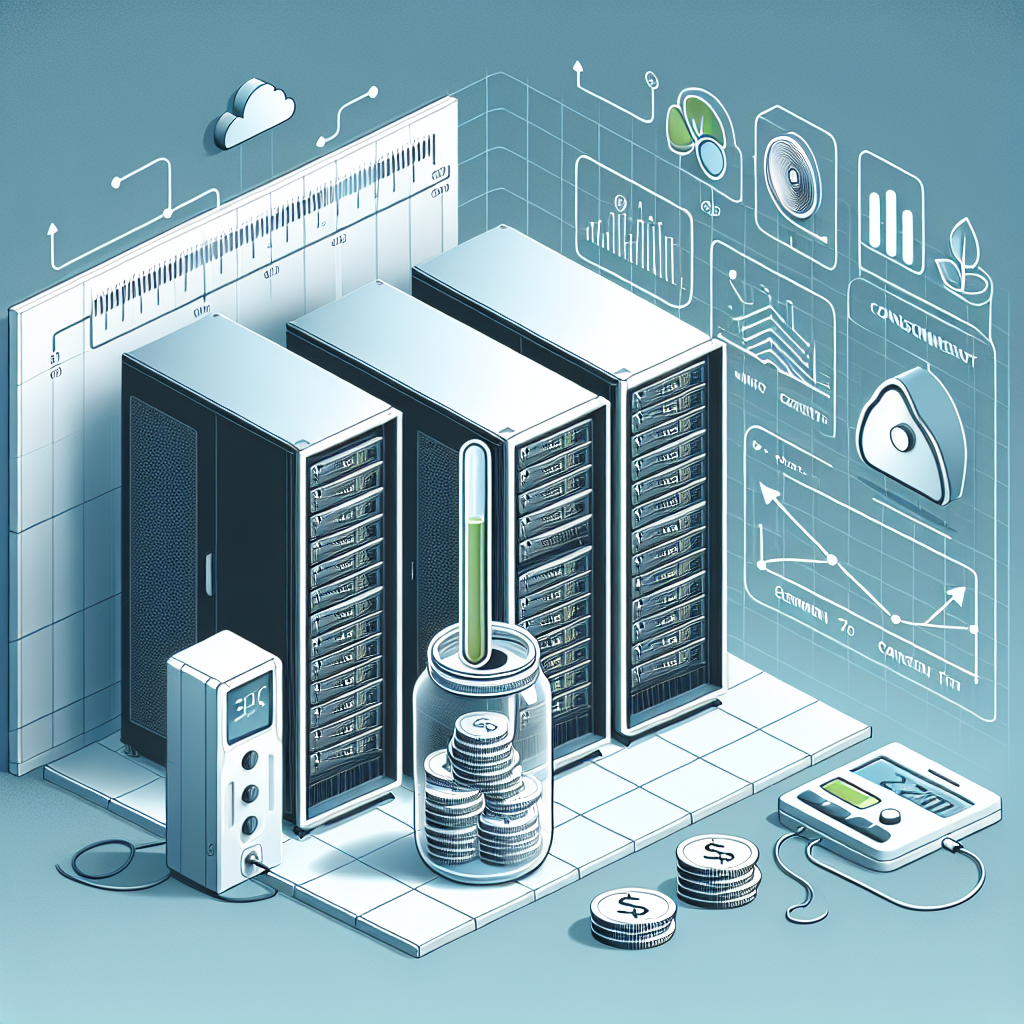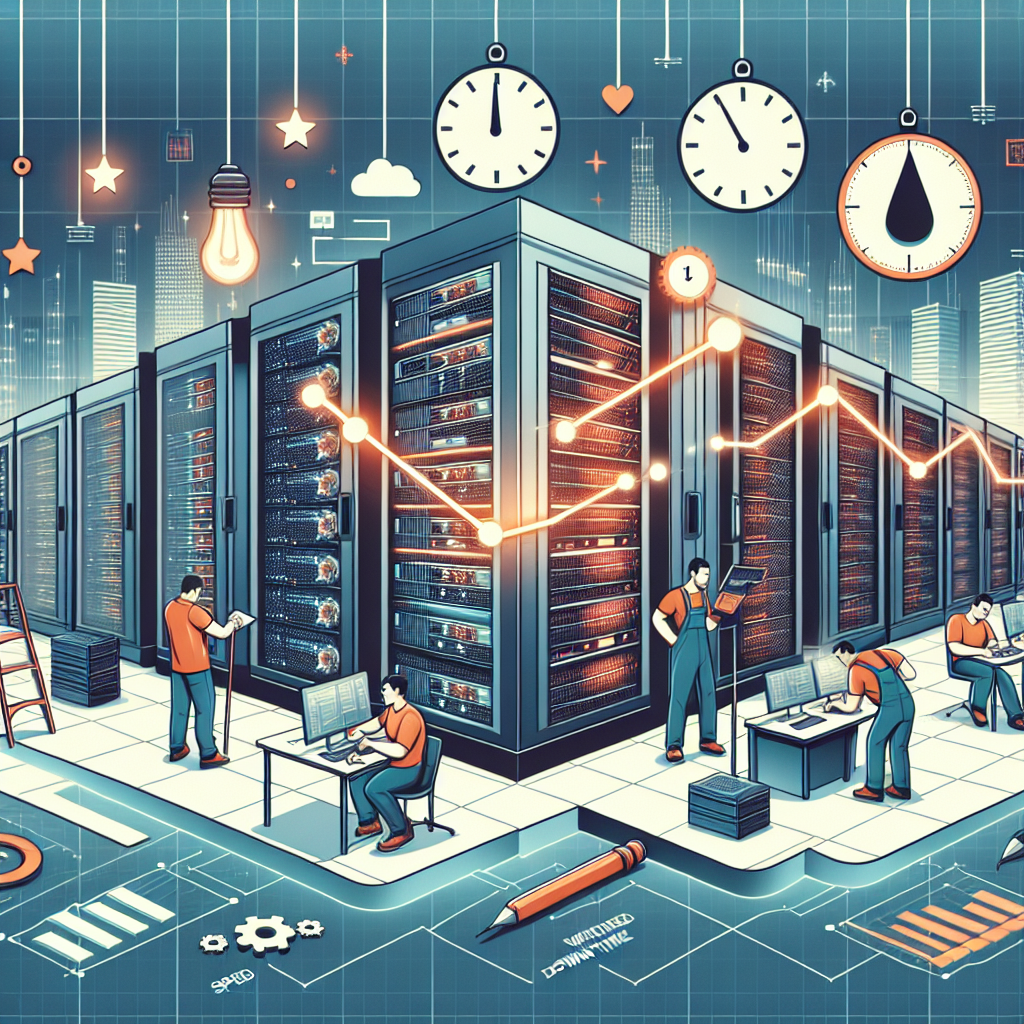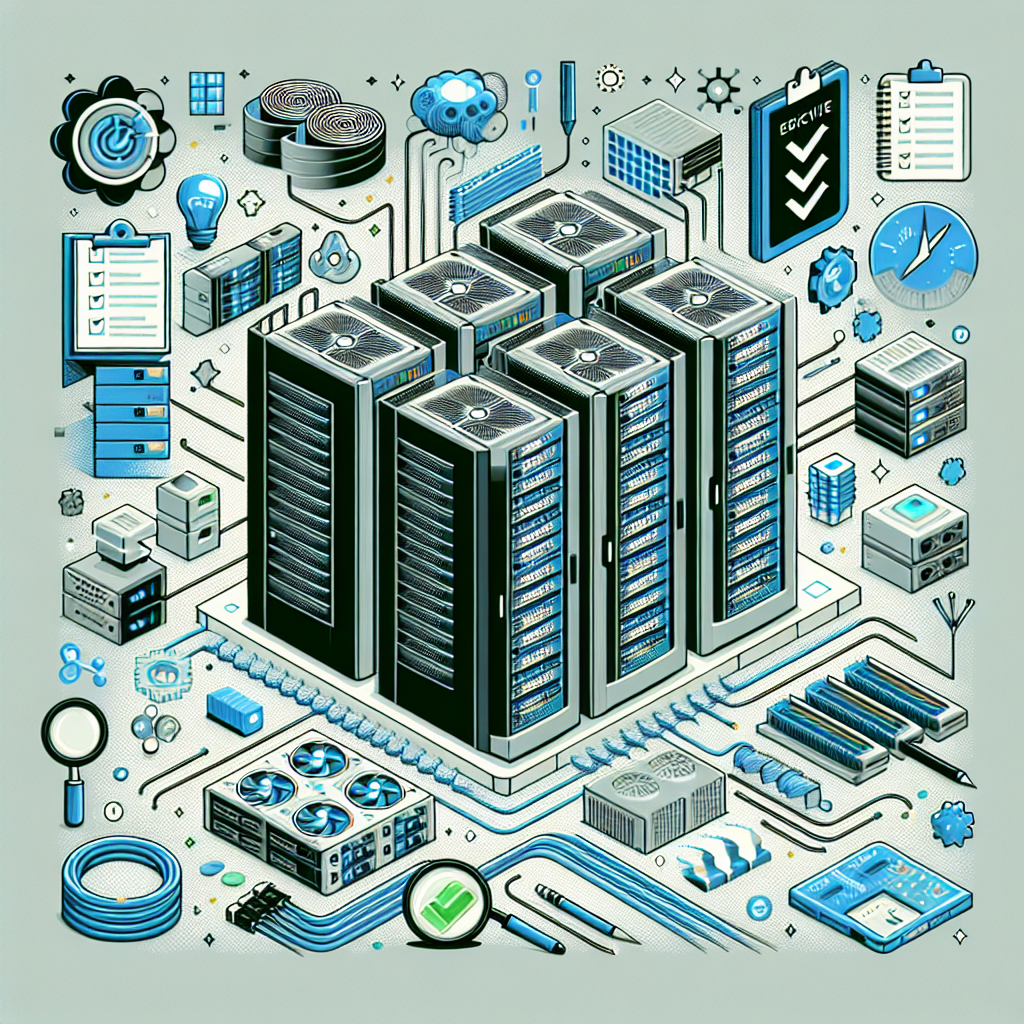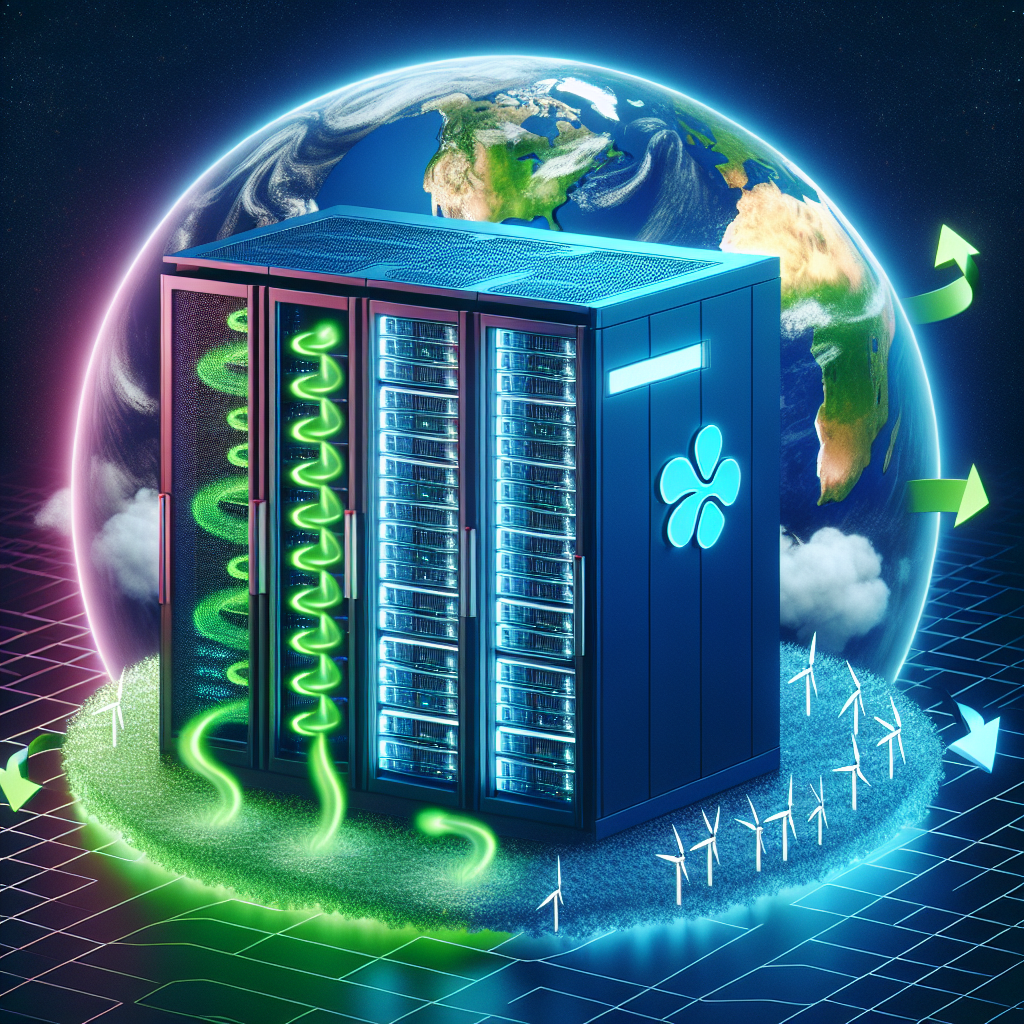In today’s digital age, data centers play a crucial role in storing and processing vast amounts of information. However, the energy consumption of these data centers has raised concerns about their environmental impact and the rising costs associated with their operation. Fortunately, advancements in technology and a growing emphasis on efficiency have led to significant reductions in energy consumption and costs within data centers.
One of the key ways data centers are reducing energy consumption is through the use of virtualization technology. Virtualization allows multiple virtual servers to run on a single physical server, reducing the number of servers needed and therefore the amount of energy required to power and cool them. This not only reduces energy consumption but also helps to optimize server utilization, leading to cost savings.
In addition to virtualization, data centers are also implementing more efficient cooling systems to regulate temperatures and reduce energy usage. By using techniques such as hot aisle/cold aisle containment and free cooling, data centers are able to maintain optimal temperatures while minimizing energy consumption. These cooling strategies not only reduce energy costs but also improve the overall efficiency and longevity of the equipment within the data center.
Furthermore, data centers are increasingly turning to renewable energy sources such as solar and wind power to offset their energy consumption. By investing in renewable energy, data centers can reduce their carbon footprint and lower their reliance on traditional energy sources, ultimately saving on costs in the long run.
Another important factor in reducing energy consumption and costs within data centers is the implementation of energy-efficient hardware and equipment. From servers and storage devices to networking equipment and power supplies, data centers are investing in energy-efficient technologies that consume less power and produce less heat. By upgrading to more efficient hardware, data centers can significantly reduce their energy consumption and operating costs.
Overall, the power of efficiency is transforming the way data centers operate, leading to significant reductions in energy consumption and costs. By adopting virtualization technology, implementing efficient cooling systems, investing in renewable energy sources, and upgrading to energy-efficient hardware, data centers are able to operate more sustainably and cost-effectively. As the demand for data continues to grow, the focus on efficiency will be crucial in ensuring that data centers can meet the needs of today’s digital economy while minimizing their environmental impact.











